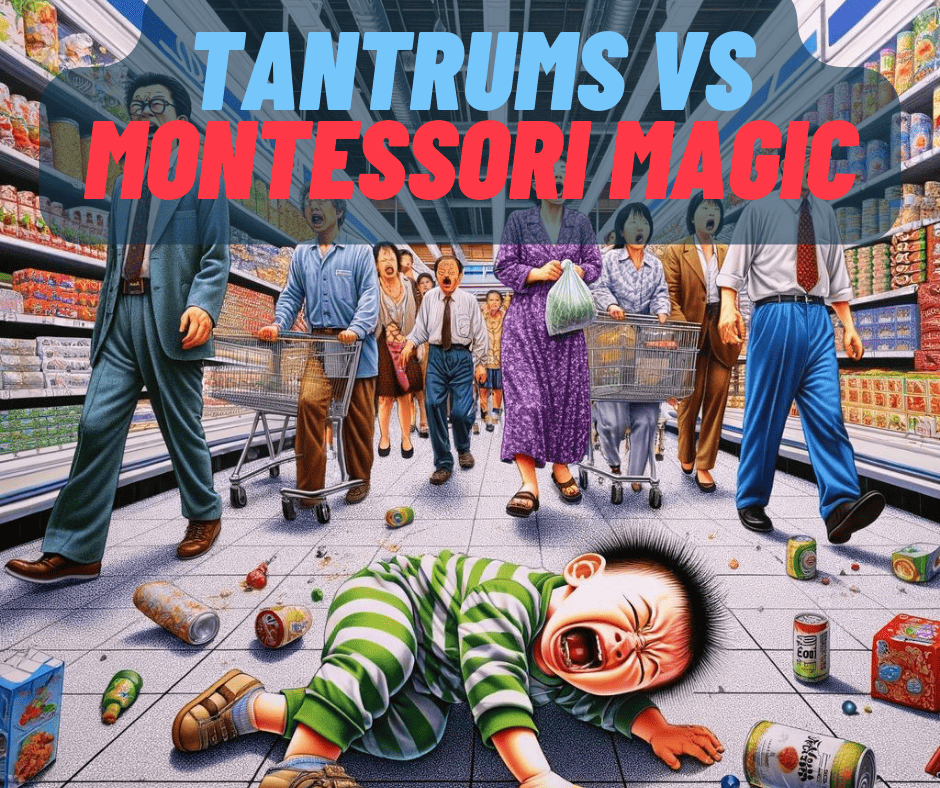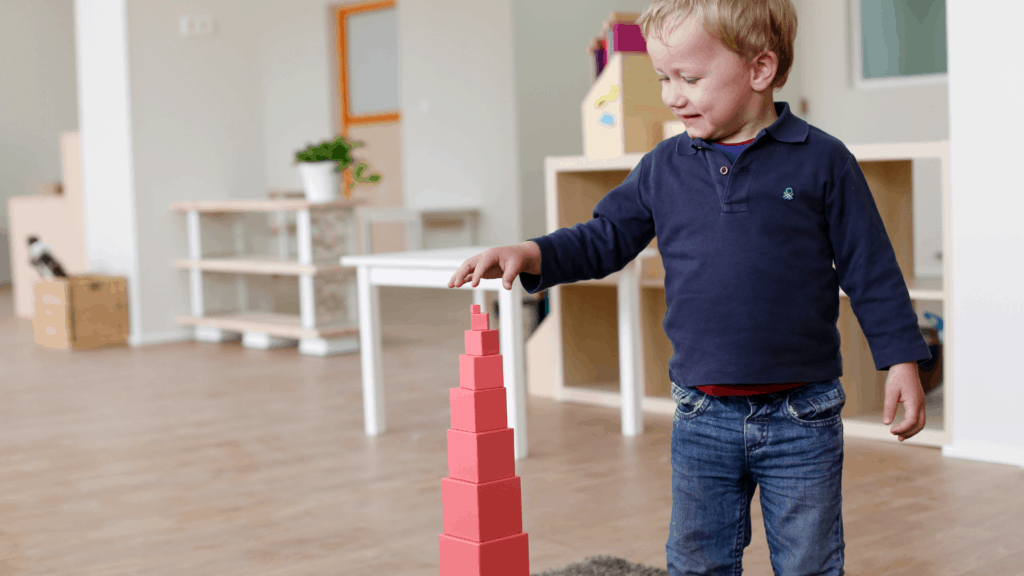The second part of our journey through the developmental stages of play brings us from parallel play to associative play.
Associative play is the stage of play that typically emerges when children are around 3-4 years old. Associative play describes the developmental stage in which children begin playing together but without coordinating activities or truly collaborating.
So, why do children engage in associative play, how is associative play beneficial, and what can parents, teachers, and caregivers learn from associative play? Read on to find out!

What Does Associative Play Look Like?
Why is it important to know what associative play looks like?
Imagine for a moment that you’re volunteering at your child’s preschool for the first time. After a calm, productive morning full of singing and structured indoor activities, the lead teacher asks you and two of the teaching assistants to lead the children outside for free play.
You’re excited;
you love bringing your three-year-old to the playground on the weekends, but there aren’t a lot of other children his age there. It’ll be nice to see him play with his friends, and you feel confident in your ability to help facilitate safe, productive free play.
As soon as the children hit the playground, they all swarm to the play structure.
Your son pretends to be a cat and starts climbing up the structure on all fours, while three of his classmates seem to all be playing different imaginary games nearby. They occasionally yell to each other about what they’re doing, but there’s not a lot of listening happening.
One child chases another until the other child gets bored and begins playing with rocks she finds on the ground.
Kids are running and wandering in all different directions and there’s no flow of movement.
The whole playground is a disaster zone! You try to encourage the children to play together, but nothing seems to stick. Everyone’s lost in their own world and the kids seem to be talking at each other instead of to each other.
You’re overwhelmed and feel like you failed at your duties. This isn’t play; it’s chaos!
This is exactly why it’s so important to know what associative play looks like. In this example, the parent sees associative play behavior as chaos and confusion.
In fact, it’s anything but!
Associative play is the crucial first step towards truly collaborative play. And, because it’s a first step, that means it’s a little messy and full of mistakes and missteps. But, rather than seeing that as a problem, parents should view this as something beneficial. Why?
Well, in the associative play stage, children are feeling out what it means to play with their peers and building the skills they need in order to do so. In this stage, children are learning these skills through repeated trial and error. Unlike parallel play, in which children observe each other but don’t interact, associative play is interactive, even if that interaction isn’t entirely smooth or successful.
So, what does this behavior mean and why is it such an important developmental stage?
How is Associative Play Developmentally Beneficial?
Associative play can best be viewed as a point on the continuum of the developmental stages of play. The stages preceding parallel play are unoccupied play, solitary play, onlooker behavior, and parallel play.
In the earliest stages, children don’t show any interest in their peers at all. In the immediately preceding stages, children begin to show an interest, but do not (or rarely) interact.
Parallel play sets children up for interaction as children observe each other to learn more about peer social behaviors. Associative play is the first step towards interaction and, eventually, true collaboration in cooperative play.
So, what does this mean? This means that children are beginning to reach out to each other in an attempt to communicate and play together. Because they do not have practice doing this, their attempts might look messy and chaotic to adult eyes.
However, children’s behavior during the associative play stage is more organized and purposeful than it looks. The prior developmental stages of play support children’s ability to create their own circle of play, a space in which they are highly focused on and engaged in a game or activity.
Each time a child attempts to engage a peer during associative play, they are attempting to invite that other child into their own circle of play. Peer responses to this invitation will help children form a basis for understanding how to communicate and collaborate with each other.
Perhaps even more importantly, these interactions help children learn that other people all have their separate inner worlds.
During this stage, children learn and develop many crucial skills. Like prior developmental stages, children in this stage practice and refine their proprioception, gross motor skills, fine motor skills, and social awareness.
Unlike prior stages, however, associative play also fosters language development and communication skills.
You will likely notice language acquisition begin to take off during this stage as children begin holding self-directed conversations with their peers. These language and communication skills also serve to bolster the social skills children are learning at this time, as increased access to communication means that children are gathering more information about their peers at a much faster rate.
How Can You Support Your Child in Learning Through Parallel Play?
The Montessori method is deeply rooted in child development, so
In a classroom,
For parents, knowledge of associative play can help inform your approach to your child’s socialization and can provide insight into your child’s current developmental needs. Children engaging in associative play are learning a lot about communication and language, which might mean that they’re exploring these skills in different ways as well.
You can support them by helping them practice their communication and language skills in different contexts. You can also help them further develop their understanding of concepts like “sharing” and “working together,” which will help prepare them for cooperative play.
Associative play is a fun, messy time full of learning and growth! Once children begin demonstrating an interest in working more collaboratively with others during play, this means they are moving into the next developmental stage of play: cooperative play.







